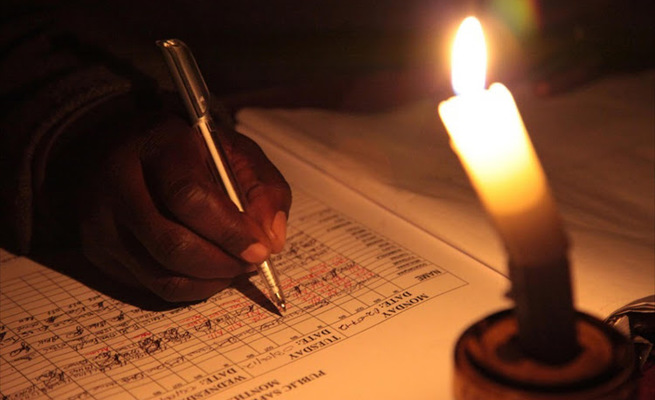Johannesburg – South Africans face a new electricity challenge: eight hours of planned power cuts, implemented despite the ongoing suspension of load shedding. Eskom, the national power utility, announced the load reduction measures for Monday, 21 October, citing the ongoing battle against illegal connections and rampant cable theft as the primary cause.
The power cuts, implemented in a bid to prevent damage to critical infrastructure, will take place in two blocks. The first, from 5am to 9am, will be followed by a second, more extensive cut from 5pm to 10pm.
Eskom's statement explained the rationale behind this drastic measure: “Illegal connections and electricity theft burden transformer load. While load shedding remains suspended, Eskom implements load reduction. Continued pressure on our transformers and mini-substations due to illegal connections and electricity theft in some areas necessitate load reduction to avoid equipment damage.”
This announcement comes just a week after Minister of Electricity, Kgosientsho Ramokgopa, celebrated over 200 days without load shedding. At the time, he attributed this relative stability to the government's generation operational recovery plan, which has successfully boosted the energy availability factor (EAF) to 63.96%. The minister's previous pronouncements painted a picture of progress in the fight against the crippling power cuts that have plagued the nation for years.
However, the reality on the ground paints a more complex picture. While the government’s recovery plan has undoubtedly yielded positive results, the persistent problem of illegal connections and cable theft continues to undermine these gains. These acts of theft and vandalism place an immense strain on the national grid, forcing Eskom to take preventative measures to avoid even more widespread outages.
During a media briefing on 21 October, Minister Ramokgopa acknowledged the implementation of load reduction while simultaneously maintaining that the overall system remains relatively stable. He stressed a shift in focus from simply celebrating days without load shedding to proactively addressing the underlying issues that could trigger its return. The minister highlighted significant improvements in the Unplanned Capacity Loss Factor (UCLF), a key indicator of the health of the power system.
“If you compare the UCLF recorded in the past seven days, you can see that we have been averaging about 10 500MW of capacity restored, which wasn't available due to various reasons like units failing or units failing to perform at their optimal capacity. If you were to compare this to last year around the same time, you will see an improvement of 5 000MW, which is significant from where we started That’s why we have been able to keep the lights on for a considerable time,” Ramokgopa explained.
The minister emphasised that the recent improvements, while positive, represent only a step in the right direction. He reiterated the ultimate goal of eliminating load shedding entirely. The improved UCLF, dropping from 33.79% to 25.5%, was presented as evidence of a healthier power system. This drop, according to Ramokgopa, indicates that approximately 10,500 MW of capacity has been restored – a significant improvement compared to the same period last year.

Follow Us on Twitter










